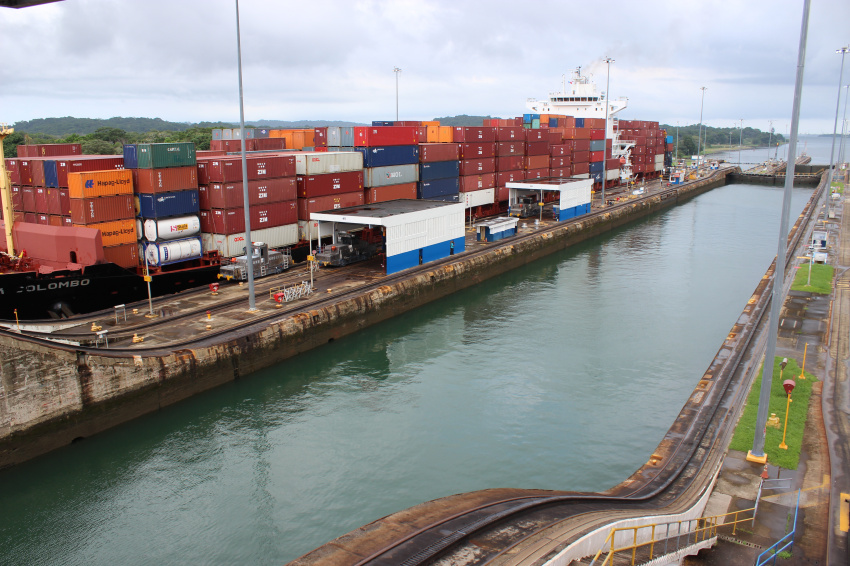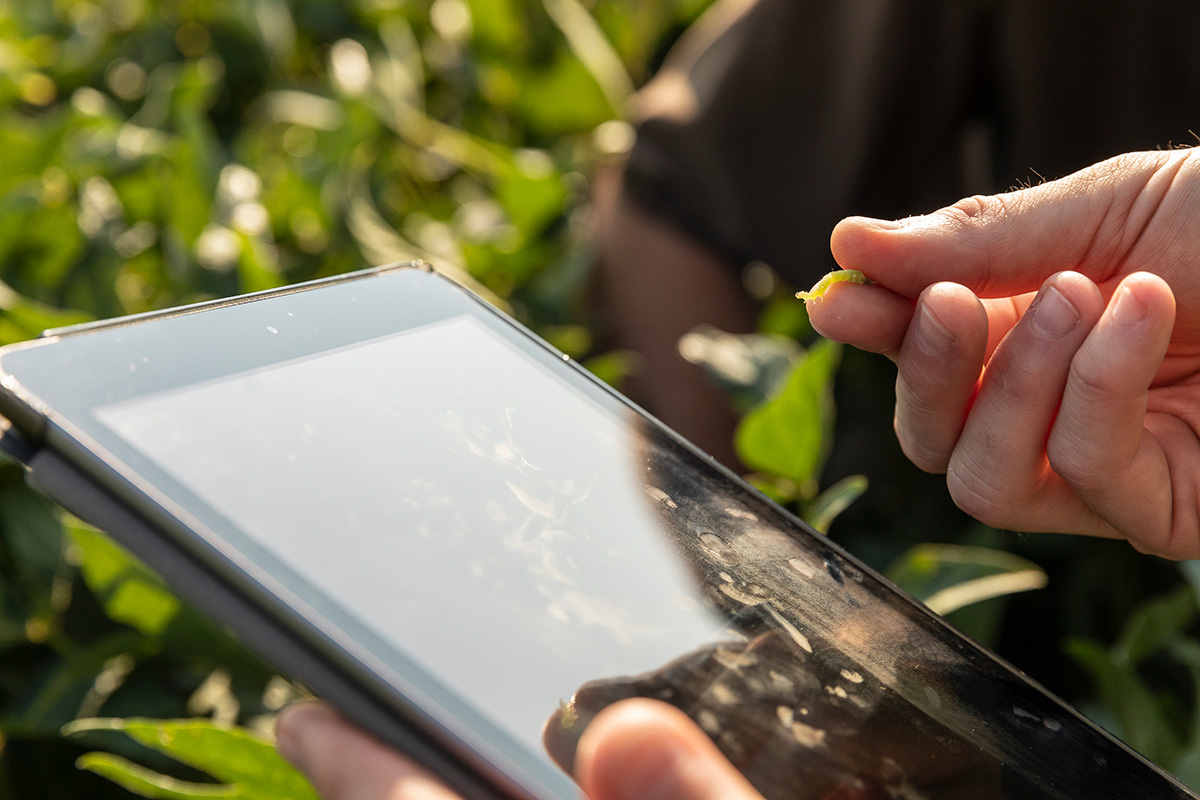The Best of the Checkoff in 2020

2020. What a year. Between trade shifts, supply chain worries in a global pandemic and price fluctuations, U.S. soybean farmers, along with the rest of the world, endured a lot. Despite the havoc and hullabaloo, your soy checkoff has continued to work hard for you, securing several noteworthy achievements.
Turning the lemons of 2020 into lemonade for U.S. soybean farmers was a continuous goal for the soy checkoff. Here are a few key projects that helped make 2020 sweet for soybean farmers.
Asphalt Using U.S. Soybean Oil
In the early months of 2020, U.S. soy was added into yet another product — asphalt. A collaboration between your soy checkoff, the Iowa Soybean Association, Asphalt Paving Association of Iowa and a research team at Iowa State University resulted in a new biobased polymer for asphalt. The team had so much confidence in the product, they paved a parking lot at the Iowa State University BioCentury Research Farm in Boone, Iowa.
The polymer, formulated with high oleic soybean oil, provides a lower-cost and cleaner alternative to traditional binding agents used in asphalt. Plus, it can outperform petroleum and other product ingredients.
This product, and the collaboration, is another win for soybean farmers. Although not yet released commercially, the product’s potential applications could increase demand for high oleic soybean oil. As the product gains traction, there may be a chance you find yourself driving on a road paved with U.S. soy.
Lower Mississippi River Dredging Project
Did you know that just 5 feet will have a multimillion-dollar impact for U.S. soybean farmers? The soy checkoff led the way to understand how best to protect and improve U.S. infrastructure for delivering soy to end users, funding research completed by the Soy Transportation Coalition, which found that deepening the lower Mississippi River — the top exit spot for U.S. soy — from 45 feet to 50 feet will provide more than a $460 million boost to soybean revenue.
The soy checkoff, American Soybean Association, U.S. Soybean Export Council and Soy Transportation Coalition saw an opportunity to build an advantage for U.S. soybeans moving on the Mississippi to export markets. The checkoff seeks collaborative partnerships and leverages funds — in this case, providing a $2 million investment used planning, design and analysis of the dredging project in the Mississippi River — which will improve freight-based transportation of soybeans, create a more efficient supply chain and bring an additional $461 million in revenue to U.S. soybean farmers.
U.S. Soybean Export Council Meta-Analysis
We know that U.S. soy is a valuable product, and the soy checkoff collaborated with USSEC to ensure soy customers around the globe can see how it stacks up. A meta-analysis coauthored by Gonzalo Mateos, Ph.D., professor of animal science at the University of Madrid in Spain, looked at 18 different studies and 1,944 samples to quantify the relationship between the country of origin of the soybean as well as the chemical composition and nutritive value of the soybean meal.
All this research isn’t being done just for academia’s sake. It’s informing actual tools that are being used to prove the value of U.S. soy over soy from different origins. This research amplifies the recognition U.S. soy deserves as a desirable product.
Monthly U.S. Soy WASDE Report Recap
U.S. soybean farmers can now get the most up-to-date commodity information monthly thanks to the monthly USDA WASDE recap reports, hosted by U.S. Soy. The monthly analysis examines the fundamental condition of the agricultural commodity markets for farmers, governments and other market participants. Mac Marshall, vice president of market intelligence for USB and USSEC, provides his insight on the monthly WASDE report as well as other timely market reports.
Reports like WASDE help U.S. soybean farmers understand crop forecasts and production estimates, along with supply and demand.
Comfortable Shoes Made with U.S. Soy
Your shoes sitting by the front door can include U.S. soy. Okabashi is bringing comfort, sustainability and style to their customers these days by offering soy-based sandals.
In addition to flip-flops, tennis shoes are available now that include U.S. soy in the ingredients list. Skechers expanded the technology used in Goodyear soy-based tires into footwear. They are using the same technology in the Goodyear Performance Outsoles, which can be found on a variety of Skechers Footwear product lines.
U.S. soybean farmers can enjoy their work firsthand by driving on soy-based asphalt and wearing soy-based shoes.
Much of the world was put on pause in 2020, but your soy checkoff was hard at work, driving innovation and maximizing your contributions. Be sure to follow the checkoff on Facebook and Twitter, and check unitedsoybean.org to stay updated on all your checkoff is doing to maximize your investment and make 2021 even sweeter.



